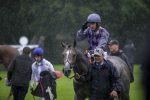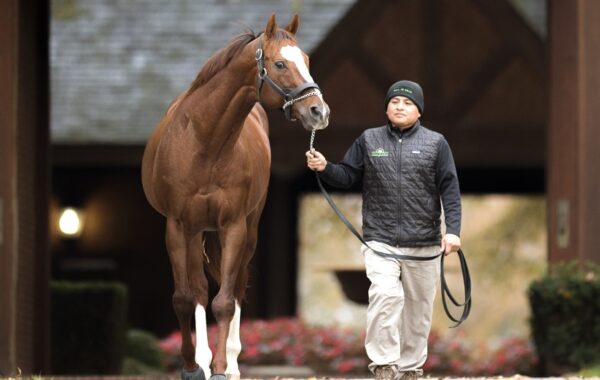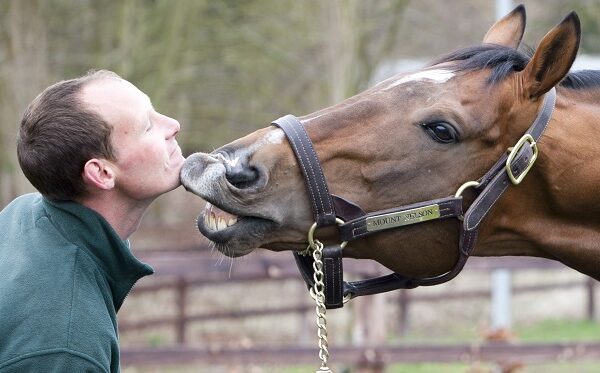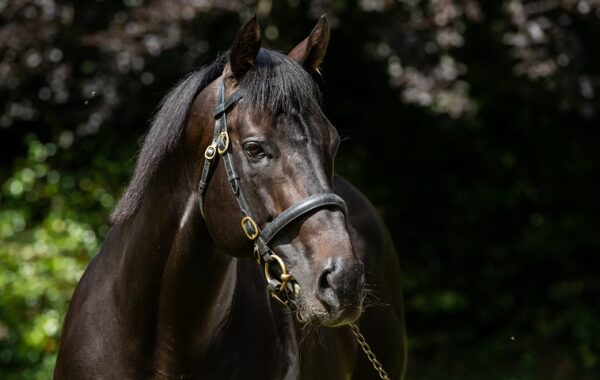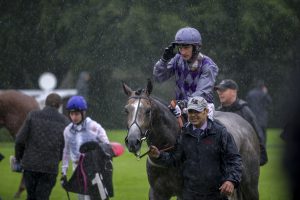With digital technology so much part of our everyday lives, it is surprising that electronic tracking systems and sectional times are taking so long to be adopted by much of British racing. While it is true that many of the ARC courses shown on At The Races now use this technology, there is a growing realisation that this must soon extend to the coverage of all Flat fixtures, particularly the major ones.
Since the technology to create sectional times through GPS tracking has been in existence for at least a decade, you have to wonder why racing has not embraced it with as much enthusiasm as other sports where it is fundamental to assessing performance.
Sectional timing provides a new and exciting dimension to the study of racing form and to the training of racehorses. Most of all, it could provide the betting industry with tremendous potential for extending the variety of bets they can offer to their customers, thereby producing more money for racing through the levy, or its successor.
We are told one of racing’s biggest problems is attracting a younger audience so fully embracing the technology that gives us tracking systems is surely the way to go
Horsemen are very much alive to what sectional timing and other forms of GPS tracking could do for them if fully exploited. It is, after all, on the owner’s horse that the transmitter is placed and any new revenue stemming from this area will need to be specifically identified as separate from racing’s other income streams.
We are frequently told one of racing’s biggest problems is attracting a younger audience so fully embracing the technology that gives us tracking systems is surely the way we must go. It is second nature for young people to watch screens and tap buttons as they juggle with graphics and pore over data.
Knowing how fast horses are travelling at any one time in a race may seem like basic information but currently, certainly in all our top races, we just have to guess. We say the pace is strong or the pace is slow but, although we know what our eyes tell us and what we’re told by the commentator, it is impossible to get any degree of accuracy without sectional times.
We have known for many years that some horses show their best form in fast run races, others in slowly run races. But, unless we equip ourselves with a stop watch, we can only guess as to where the strongest pace is in a race or the distance that a horse has actually travelled. We are in constant awe of horses that seemingly finish very fast but sectional times have long proved that those horses are simply finishing less slowly than their rivals in the final furlong, giving the illusion of finishing fast.
An electronic tracking system can improve the fun and fascination for people watching races online and on the racecourse. It can show them exactly where their selection is throughout a race simply by reproducing the silk colours or the horse number at the bottom of the screen, not just for the first six but for the whole field.
Watching many of the heritage handicaps, with their big fields, often split in two, would be much enhanced. And when it comes to watching a race on a mobile phone, how much easier it would be to have, dare I say, a graphical representation of each of the horses.
As I have said, universal adoption of this technology would enable bookmakers to market a much greater variety of bets. There are many possibilities where betting could be based on time performance, while betting in running, now regarded as something for the punting purist, offers huge growth potential.
All of this adds up to good news for the horsemen who must really get behind initiatives to fully embrace this technology and, just as important, ensure they are at the forefront of discussions on how this new revenue is treated.


